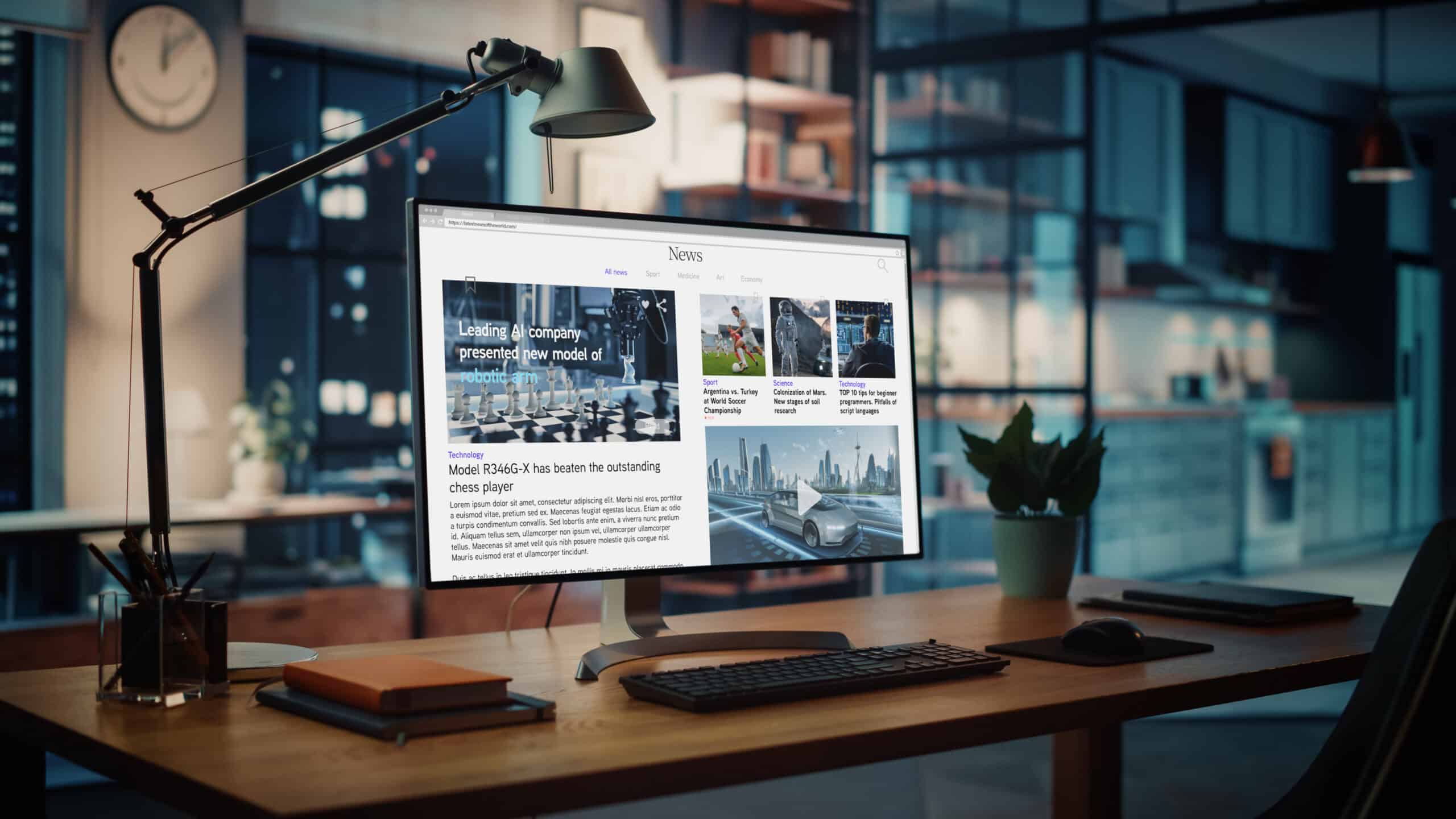Unleashing the Power of Headless WordPress: A Paradigm Shift in the World Wide Web

The World Wide Web has come a long way since its inception. Websites have evolved from simple static pages to complex, dynamic platforms that deliver immersive user experiences. One of the most exciting developments in recent years is the emergence of “Headless WordPress,” a trend that promises to revolutionize the way we build and manage websites. In this article, we’ll delve into what headless WordPress is and explore how it’s poised to change the World Wide Web as we know it.
The Traditional WordPress Setup
Before we dive into the world of headless WordPress, it’s essential to understand the traditional WordPress setup. WordPress has long been the go-to content management system (CMS) for building websites. It combines user-friendly content creation and management with a wide array of themes and plugins that enhance functionality and design. However, traditional WordPress relies on a monolithic architecture, where the frontend (the user interface) and the backend (the content management system) are tightly coupled.
What Is Headless WordPress?
Headless WordPress is a departure from the traditional monolithic setup. In a headless architecture, WordPress serves only as the backend, handling content creation, storage, and management, while the frontend is decoupled and built separately using modern technologies like React, Angular, or Vue.js. This separation of concerns enables developers to create highly customizable and dynamic user interfaces that can interact with the WordPress backend via APIs (Application Programming Interfaces).
How Headless WordPress Changes the Game
- Flexibility and Customization:Headless WordPress offers unparalleled flexibility and customization options. Developers can design frontend interfaces tailored to their specific requirements without being limited by WordPress themes. This newfound freedom allows for more creative and unique web experiences.
- Improved Performance:Traditional WordPress websites can suffer from performance bottlenecks, especially as they grow in complexity. Headless WordPress can significantly enhance website speed and responsiveness, as frontend technologies are optimized for performance, and content is fetched dynamically through APIs.
- Scalability:Headless architecture makes it easier to scale your website to handle increased traffic or user demands. Since the frontend and backend are separate, you can independently scale each component to meet specific needs.
- Security:Separating the frontend from the backend enhances website security. With headless WordPress, you can implement security measures tailored to each layer, reducing the risk of vulnerabilities.
- Multichannel Content Delivery:Headless WordPress empowers you to deliver content not only to traditional websites but also to various other platforms like mobile apps, IoT devices, and even digital signage. This makes it a versatile choice for content distribution.
- Future-Proofing:As technology evolves, headless WordPress remains adaptable. You can update and change the frontend independently without disrupting the backend, ensuring your website remains relevant and up-to-date.
- API-First Approach:Headless WordPress encourages an API-first approach, which fosters interoperability with other systems and services. This opens up possibilities for seamless integration with third-party tools, services, and applications.
Headless WordPress is undeniably a game-changer in the world of web development. Its decoupled architecture offers unmatched flexibility, performance, and scalability while improving security and enabling multichannel content delivery. As more businesses and developers adopt this approach, we can expect to see a shift in the way websites are built and managed.
In the ever-evolving landscape of the World Wide Web, embracing technologies like headless WordPress will be crucial for staying competitive, delivering exceptional user experiences, and shaping the future of digital content delivery. So, if you haven’t explored the world of headless WordPress yet, now might be the perfect time to dive in and be part of this transformative journey on the web.